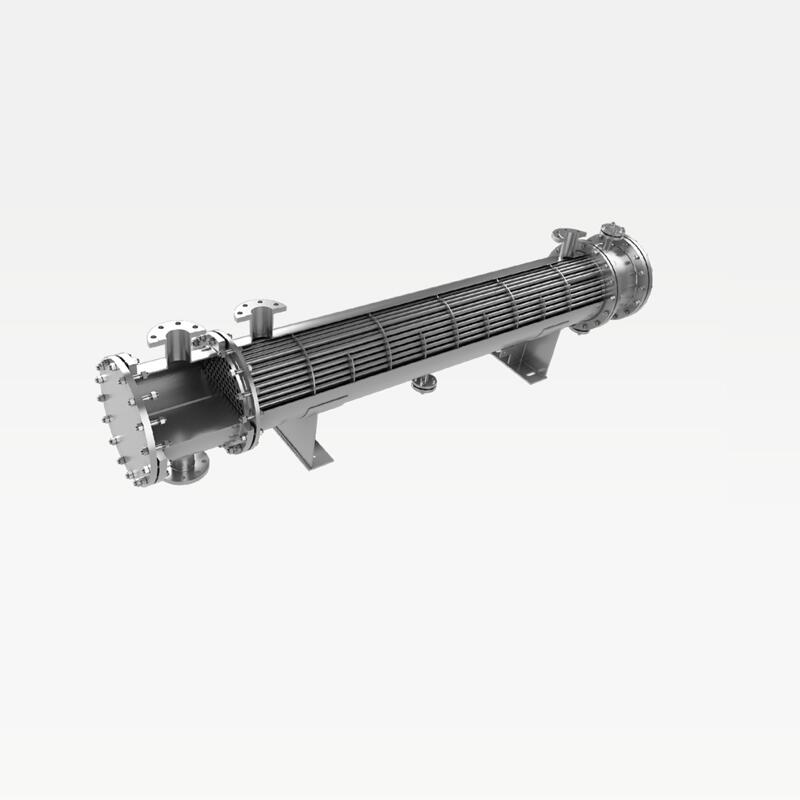-
Categories
-
Pharmaceutical Intermediates
-
Active Pharmaceutical Ingredients
-
Food Additives
- Industrial Coatings
- Agrochemicals
- Dyes and Pigments
- Surfactant
- Flavors and Fragrances
- Chemical Reagents
- Catalyst and Auxiliary
- Natural Products
- Inorganic Chemistry
-
Organic Chemistry
-
Biochemical Engineering
- Analytical Chemistry
-
Cosmetic Ingredient
- Water Treatment Chemical
-
Pharmaceutical Intermediates
Promotion
ECHEMI Mall
Wholesale
Weekly Price
Exhibition
News
-
Trade Service
Original title: The research team of Nankai University has made a breakthrough in the field of lithium-oxygen battery research.
Original source: China Youth Daily, May 11, 2021, page 12
China Youth Daily·China Youth Daily reporter: Hu Chunyan Correspondent: Wu Junhui
Recently, the research results of the research team of Nankai University point to a new possibility-introducing light into lithium-oxygen batteries, opening up new ideas for constructing high-efficiency metal-air batteries.
A few days ago, the paper introducing the research results was published in the top international academic journal "Proceedings of the National Academy of Sciences" (PNAS).
3-5 times higher than lithium-ion battery capacity
In principle, the lithium-oxygen battery is obviously different from the familiar lithium-ion battery.
Although lithium-ion batteries have undergone decades of technological innovation, the principle is still that lithium ions “running” back and forth between the positive and negative electrodes to generate current.
Lithium is the most active element in the periodic table of chemical elements, and is more like an athlete in lithium-ion batteries.
Conversely, when we use the battery, the lithium ions embedded in the carbon layer of the negative electrode immediately jump out and quickly "run" back to the positive electrode.
As people pursue higher and higher energy density of lithium-ion batteries, the traditional lithium-containing oxide/graphite battery structure has been difficult to meet the needs of high-specific energy lithium-ion batteries.
Among the many new types of high specific energy batteries, the lithium-oxygen battery technology is expected to exceed the existing lithium-ion battery technology due to its high theoretical energy density (up to 3,600 watt-hours per kilogram), and is widely concerned by researchers.
Unlike lithium-ion batteries that require elements such as nickel, cobalt, and manganese as electrodes, lithium-oxygen batteries have a simpler structure.
Its advantages can be seen from the brand-new composition-lithium-oxygen batteries can achieve a much higher energy density than lithium-ion batteries.
Lithium itself is the lightest metal element in the periodic table of chemical elements, and the lithium-oxygen battery absorbs oxygen from the air to charge, and can be accessed at any time without storage, so this battery can be smaller and lighter.
"It is currently recognized that the energy density of lithium-oxygen batteries is 3-5 times that of existing lithium-ion batteries.
One step closer to "air power generation"
Although considered to be a very promising next-generation battery system, the high polarization and low energy efficiency of the charge and discharge process caused by the delayed reaction kinetics of the positive electrode have greatly restricted the development and application of lithium-oxygen batteries.
Polarization refers to the energy difference that occurs during charging and discharging.
"At present, the main solution is to use solid electrocatalysts and liquid redox media to promote the generation and decomposition of lithium peroxide to reduce charge/discharge polarization.
Researchers have found that photoelectrons and holes generated by light-excited semiconductors can greatly improve the kinetics of electrochemical reactions.
Then, using a semiconductor material with a suitable energy band structure and introducing light into the lithium-oxygen battery can significantly improve the reaction kinetics of the positive electrode and reduce the charge/discharge overvoltage.
The light absorption of the currently used semiconductors is mainly concentrated in the ultraviolet region, which only accounts for 4% of the solar spectrum.
There is very little light that can be used effectively, which is seriously incompatible with the light energy required for the reaction.
"We designed a special condenser for the lithium-oxygen battery to help the positive electrode receive more light energy, thereby speeding up the battery reaction.
" This team of young scientists from Nankai University is committed to applying semiconductor materials to light-responsive Lithium-oxygen battery and zinc-air battery.
They found that the metal nanoparticles were loaded on the positive electrode of the battery and loaded on the porous carbon nitride, and they studied the metal/semiconductor heterojunction to enhance the oxygen reduction and precipitation reaction kinetics.
The results found that the metal/semiconductor heterojunction can greatly increase the absorption of visible light, and the space charge layer at the heterojunction interface can prolong the life of photogenerated electrons and holes, and at the same time improve the oxygen reduction reaction kinetics, and promote the generation of lithium peroxide as a discharge product.
.
It can also efficiently oxidize lithium peroxide and release oxygen when charging.
The discharge voltage of the improved lithium-oxygen battery is increased to 3.
16V, which exceeds the equilibrium voltage of 200mV when there is no light, which means that during the discharge process, the lithium-oxygen battery can also convert part of the light energy into electrical energy output; The light energy is converted into chemical energy and stored in the lithium-oxygen battery, which reduces the charging voltage to 3.
26V and reduces the battery charge/discharge voltage difference to 0.
2V.
At the same time, excellent battery rate performance and cycle stability are obtained.
, So that the battery capacity is larger and the output current is more stable.
However, there is still a long way to go for cutting-edge battery technology from the laboratory to the real factory.
The design and manufacture of new batteries has also become an area of fierce competition among countries.
What makes researchers happy is that, from a global perspective, a large amount of funds and talents are being injected into the new generation of battery industry.
It is foreseeable that the era of new energy transformation has begun.







